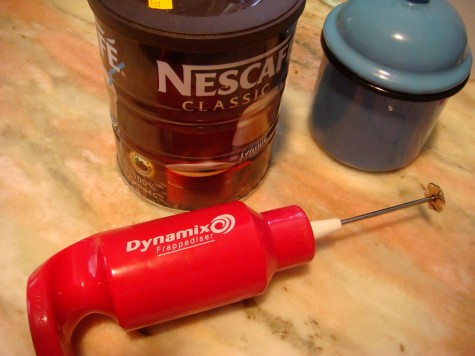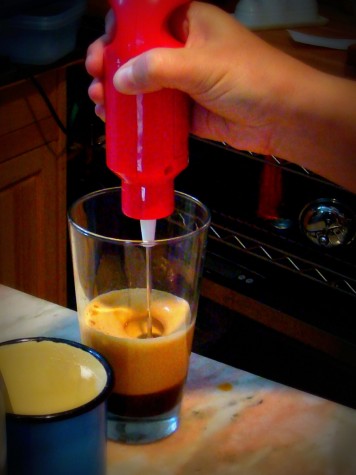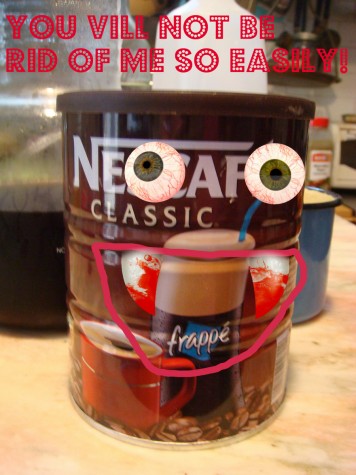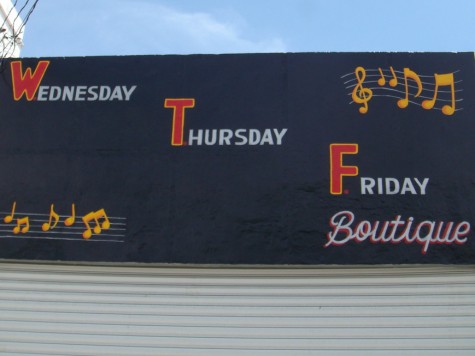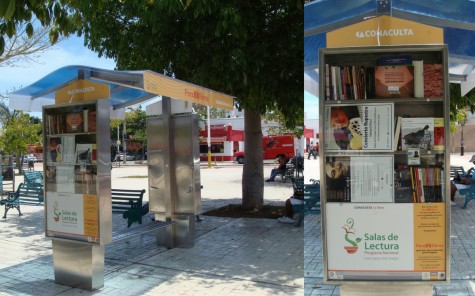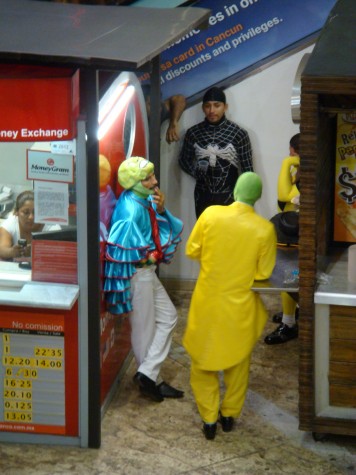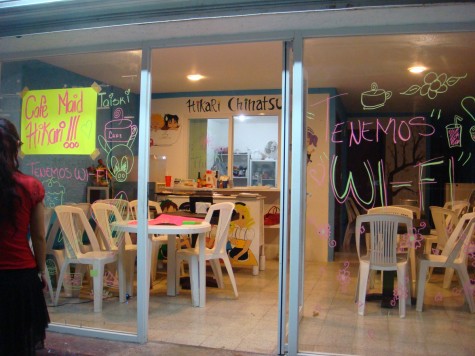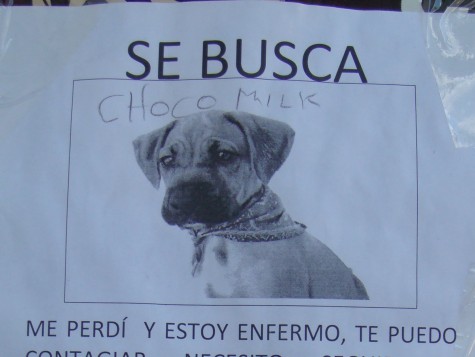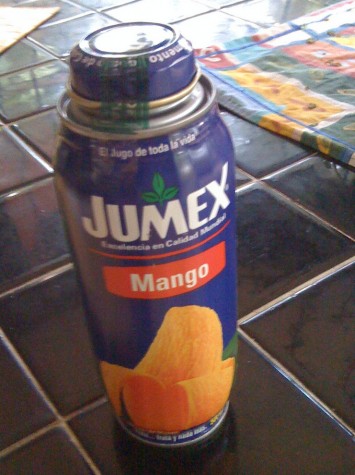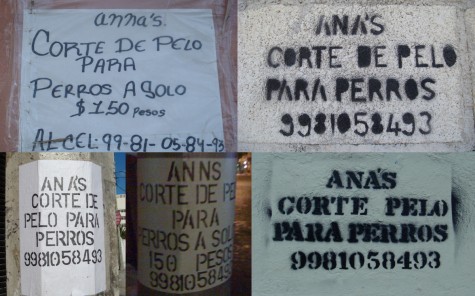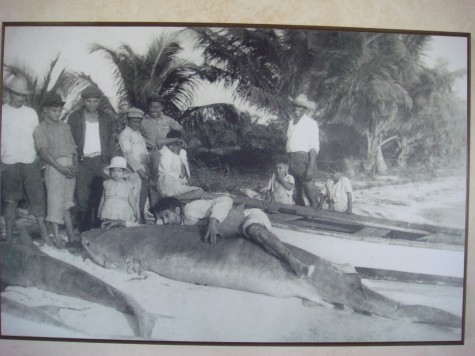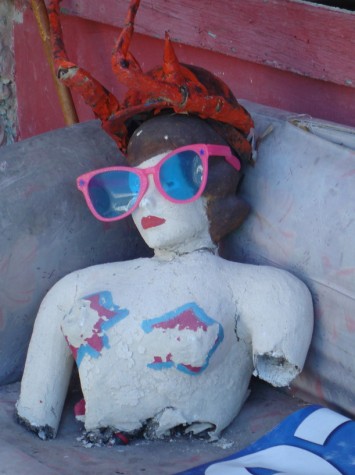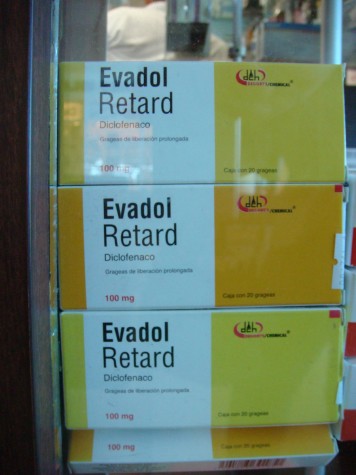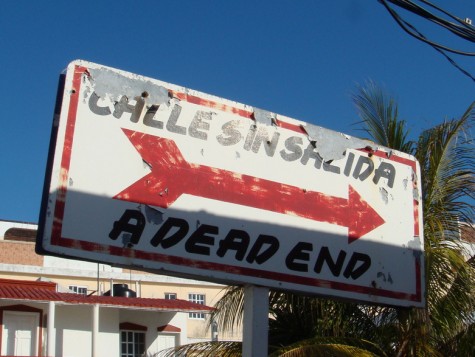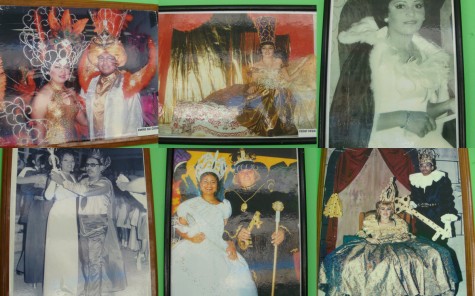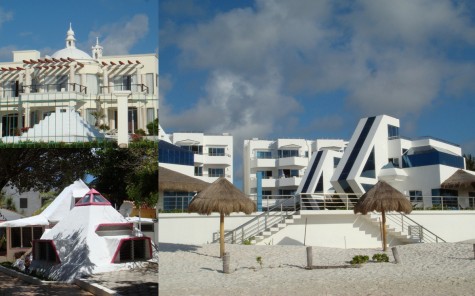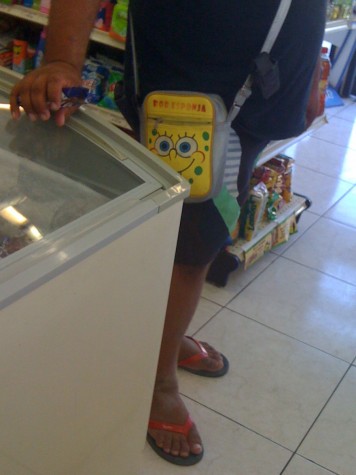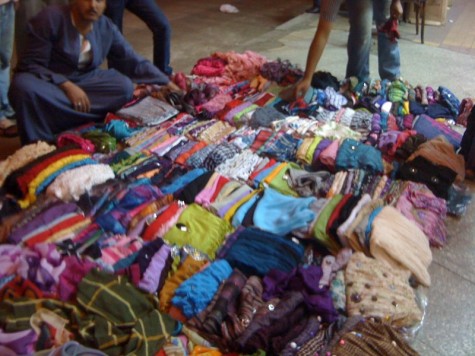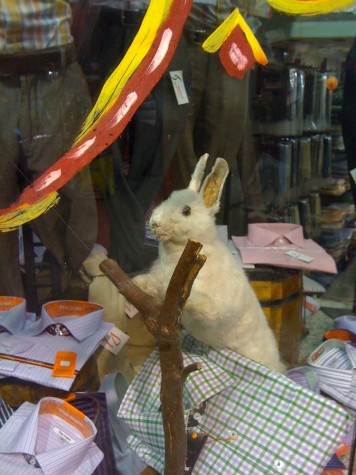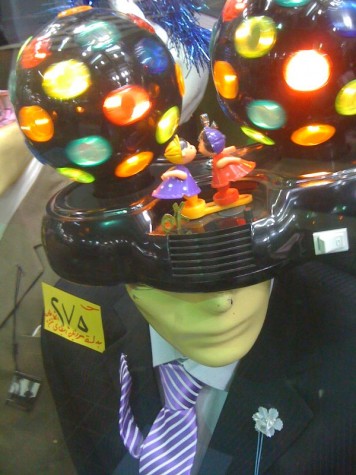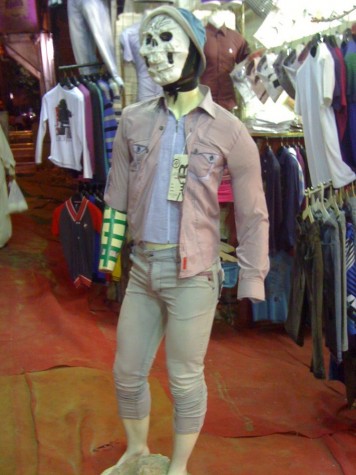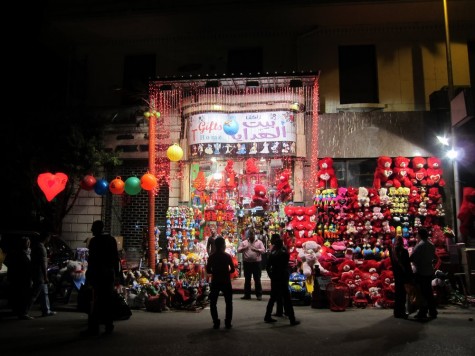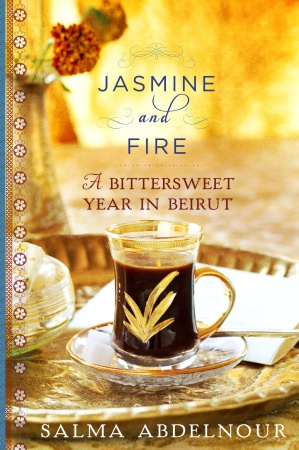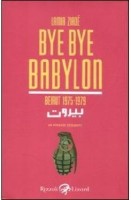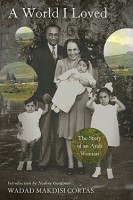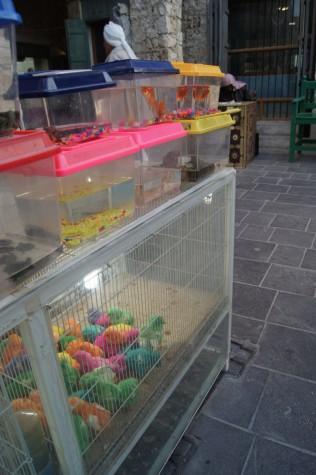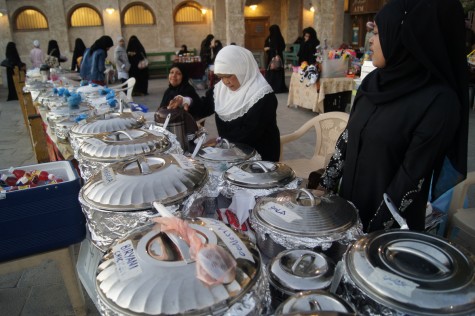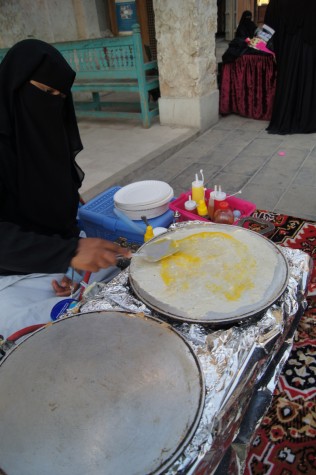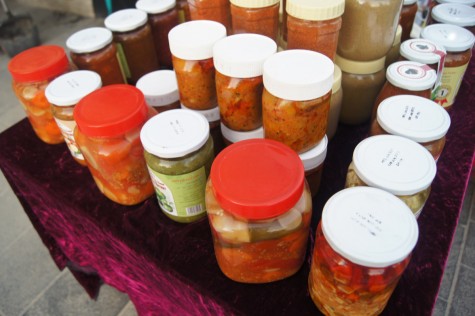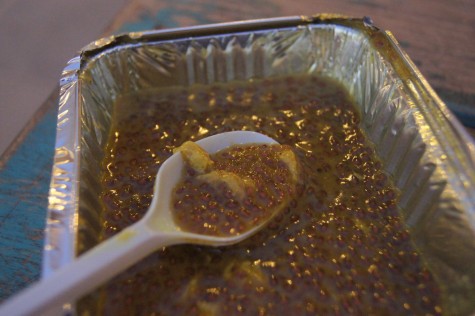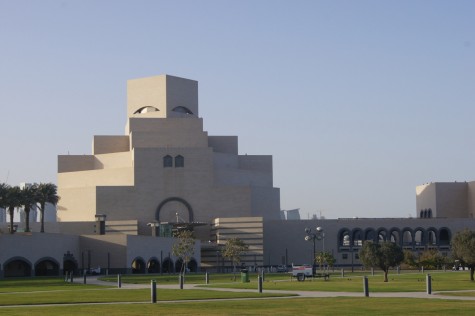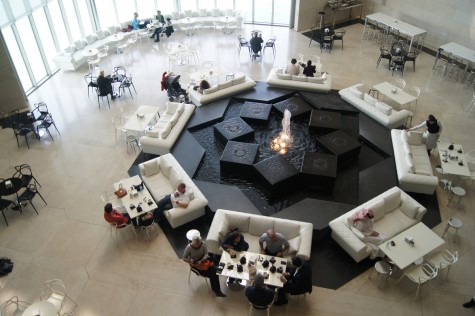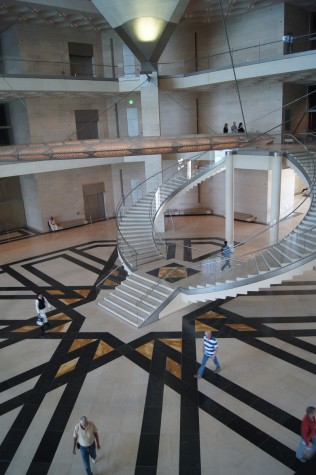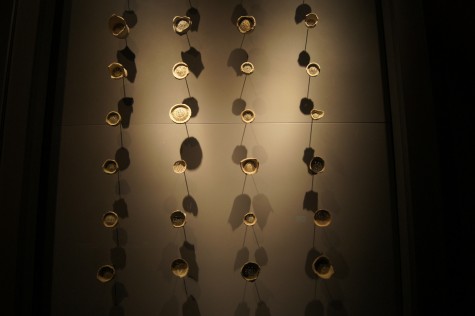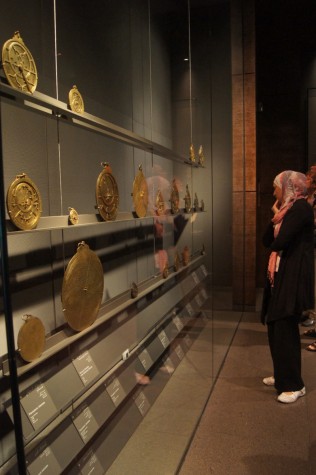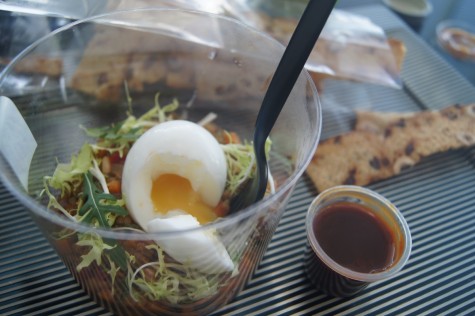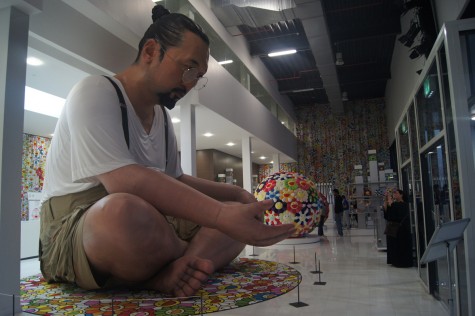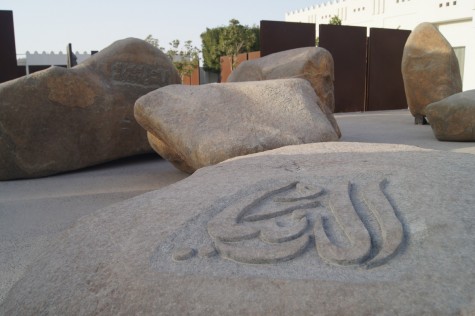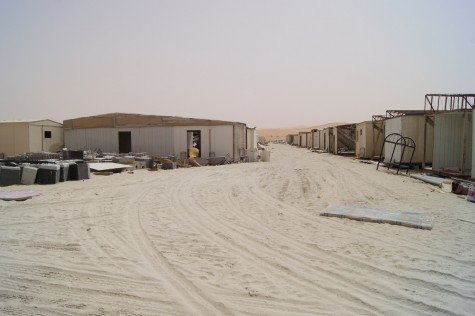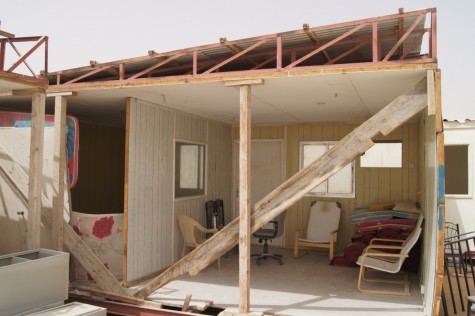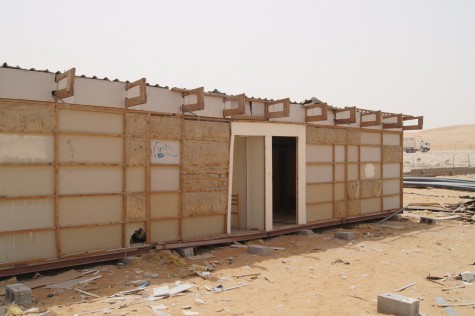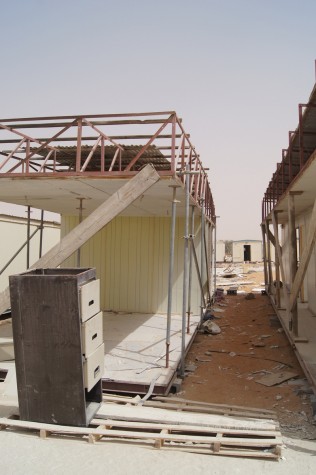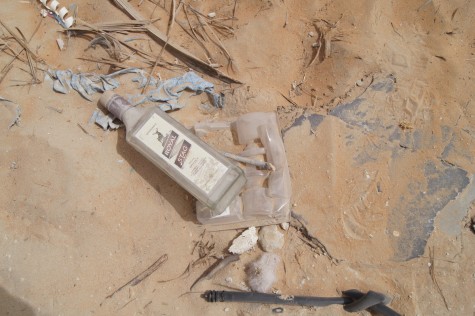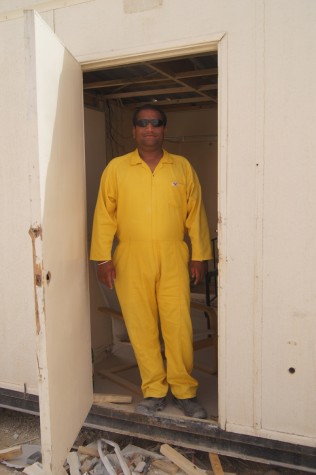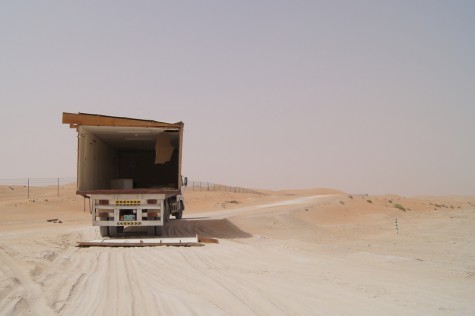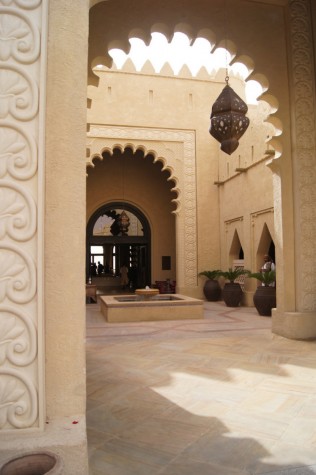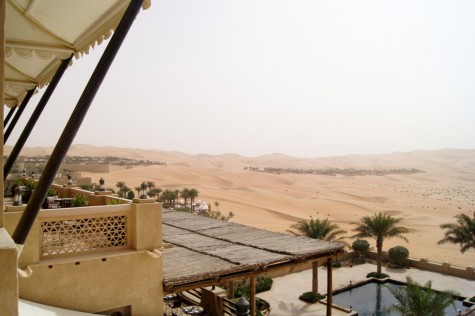 Never mind that it’s currently too hot to roll out a pie crust: I am here to tell you that Millicent Souris’s new book, How to Build a Better Pie, will save your life.
Never mind that it’s currently too hot to roll out a pie crust: I am here to tell you that Millicent Souris’s new book, How to Build a Better Pie, will save your life.
I first made Millicent’s acquaintance at the late, great Queen’s Hideaway. Dessert was pies of a couple sorts. I ordered with less than enthusiasm. Restaurant pies are uniformly bad. If it’s a fancy place, the pastry chef has always had too much French training and makes a dense and crumbly tart shell thing. If it’s a lower-end place, they rarely believe in paying for butter, and figure a prefab crust is fine.
The Hideaway was different, though, because Millicent was in charge. She understands the rustic, American charm of a pie crust, and how it should be both flavorful and flaky–not just some sturdy container for filling. A pie is really about the crust.
I myself used to make a pretty good pie crust. But this was years ago, at a higher elevation, in a drier climate. My skillz never translated to sea level, and over the years, my pie crust has been hit and miss. I tried various gimmicks (fo-pro, vodka, you name it), but posts like this and this great post by Christina always reminded me I was overthinking it. I mean, if Choire Sicha can make a freakin’ pie crust, so can I.
Millicent was the best reminder–if you knew her, it would be crystal-clear that she’s not pulling any BS, dreamed-up-in-America’s-Test-Kitchen tricks.
So to have all her collected wisdom in a book, with photos of her actually making the crust…well, it’s a dream come true. And what’s extra-great are two things:
1) Millicent taught herself to bake pies. She didn’t come into it with expectations or decades of subconscious knowledge absorbed in her upbringing. This is not a fussy book, and the photo of the empty pie shell on the back of the book is the perfect illustration: a little lumpy and irregular, and clear where bits have been patched. Anti-Martha, pro-everyman/woman.
2) Pie is many things, and Millicent covers it all. Sweet pies, traditional pies (Shaker lemon pie, apple pie), more creative pies (sweet potato with sesame praline), savory pies, white-trash pies, English fish pies, that chocolate pie with the salt that made me dizzy at the Hideaway…
And finally: jailhouse pie.*
The last recipe in the book, Jailhouse Cheesecake, seems like a throwaway gimmick, with its “whipped topping” and “‘gram’ crackers.” But in fact it’s a gesture that reflects Millicent’s whole approach: generous, proud of ingenuity and pretty realist: “They make their own pie crust in jail. For shame if you cannot muster the strength.”
Actually, that last line shows off the third thing that really makes this book. Pie seems like a slightly frivolous thing–a novelty, a special-occasion food. But we all have warm associations with it, and it’s actually not that hard. And because Millicent is a wonderful writer, with attitude and wit, she conveys all this in a way that makes you want to get up and roll out the crust (never mind the 90-degree heat).
Baking a pie represents so much about a certain kind of cooking that’s essential to survival–it requires ingenuity and making do, but it’s also a generous gesture.
We don’t have to have children or enough money to name a hospital after ourselves or find a cure for something. We can just make food, and pass it along. That might be enough.
Amen, sister.
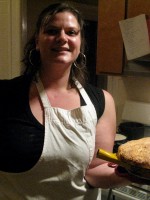
Buy this book. You won’t regret it.
*The jailhouse pie reminds me of a truly wonderful story I read in Gastronomica a few years back. Here’s a rough summary, as the original article, with pics, is a pay-only PDF.

